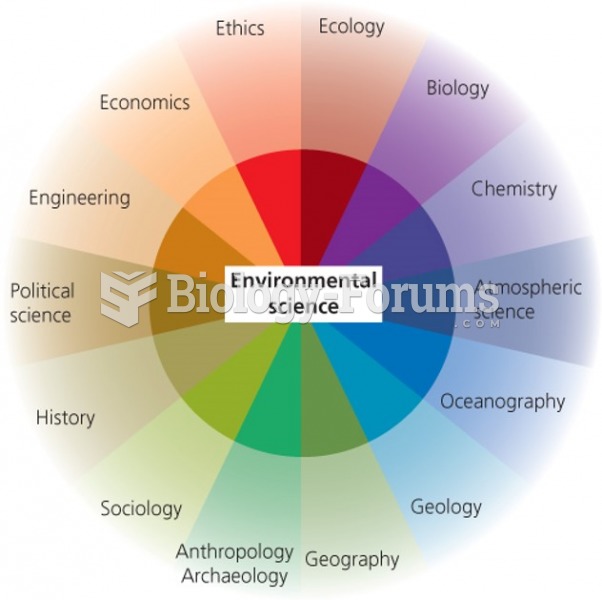Answer to Question 1
Answers will vary by the articles chosen. Be sure that students focus on the differences between sound science and junk science as described in section III of this chapter.
Answer to Question 2
Answers will vary by the service chosen. The overall intent of the MEA project is to build a knowledge base for sound policy decisions and management interventions; it remains for policy makers and managers to act on that knowledge. These three types of services encompass the majority of the resources.
Provisioning services are important because we are overusing and depleting our resources, both renewable and nonrenewable, and they are being replaced with artificial resources in agriculture and aquaculture.
Regulating services are important because without them, our environment will be even worse than it is. However, as can be seen by the long list of degraded services, we have a very long way to go.
Cultural services are important because we don't want to forget the aesthetic value of the planet. If we lose our awe of the world around us, how can we be expected to want to protect it?
Examples of why a particular service was placed in the degraded, mixed, or enhanced column:
Capture fisheries are degraded because of overharvesting, pollution, and invasive species. However, aquaculture is enhanced because of an increase in fish farms. This could likely have been spurred by the increase in price for the commodity caused by the degradation of the capture fish industry.
Wild foods are degraded by the loss of habitat, destruction of forests, and by turning some of these areas into agricultural land (thereby enhancing crop production).
Air quality regulation has degraded globally due to the rush to compete in the global economy. This is evidenced by conditions in China, Eastern Europe, and India. A desire to produce cheap goods quickly has undermined efforts to install clean smokestacks, precipitators, and the like.







